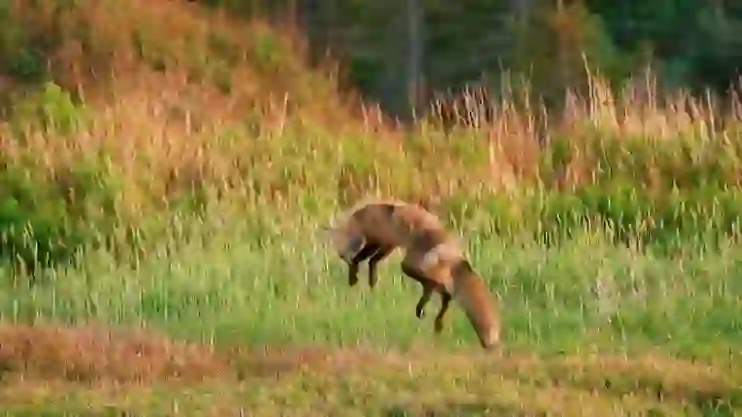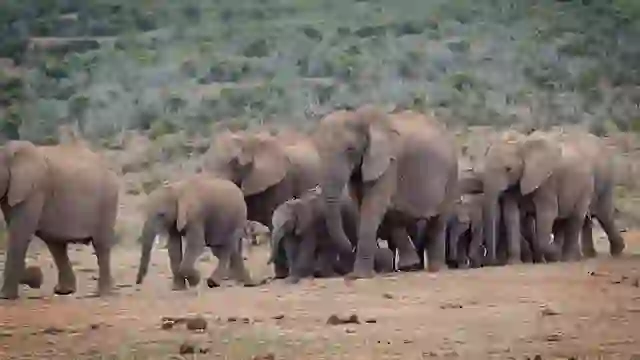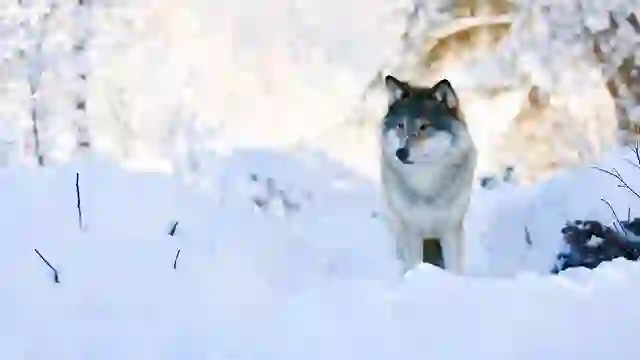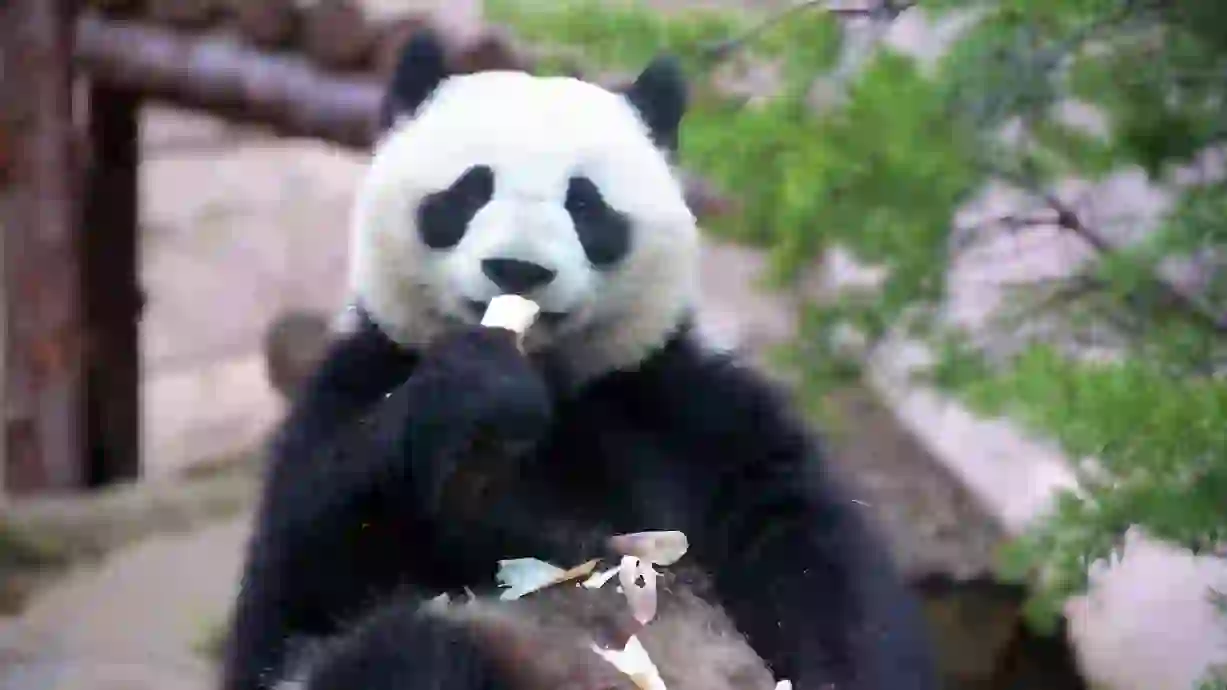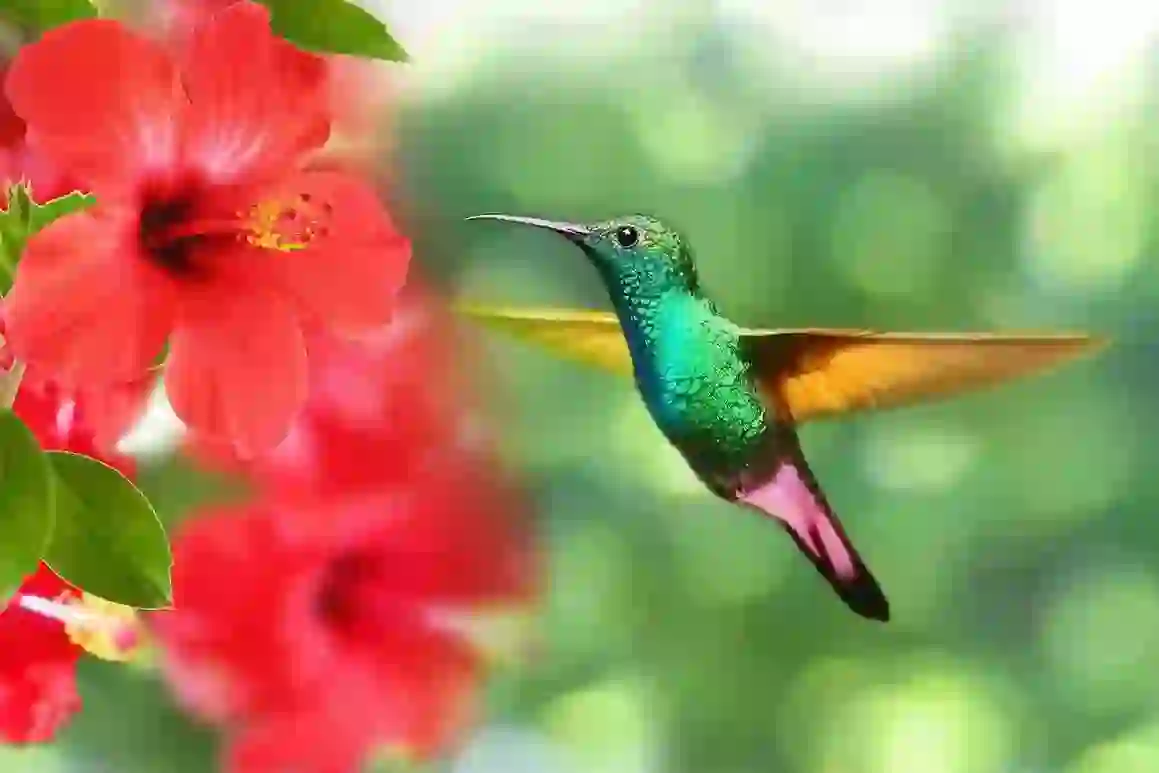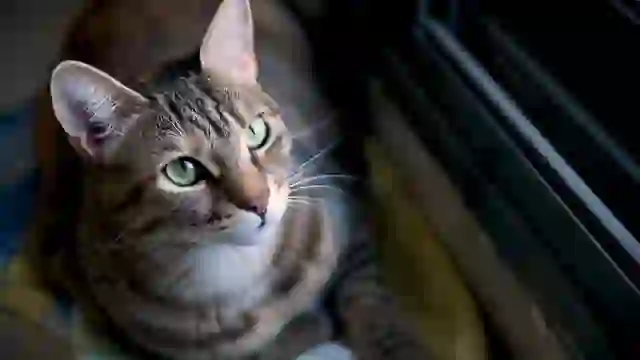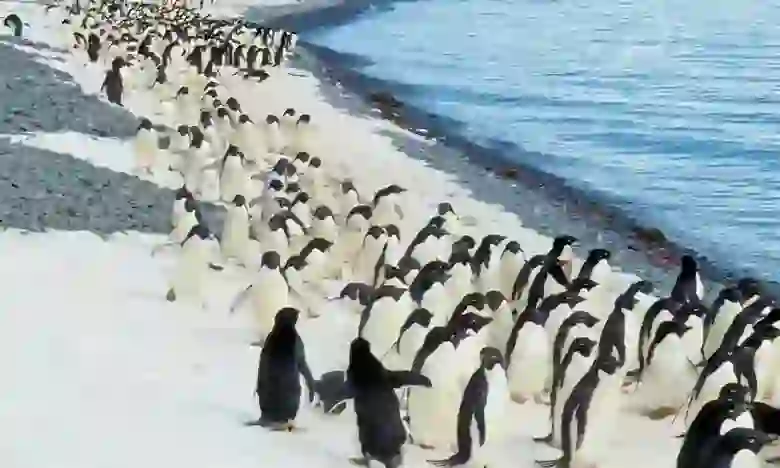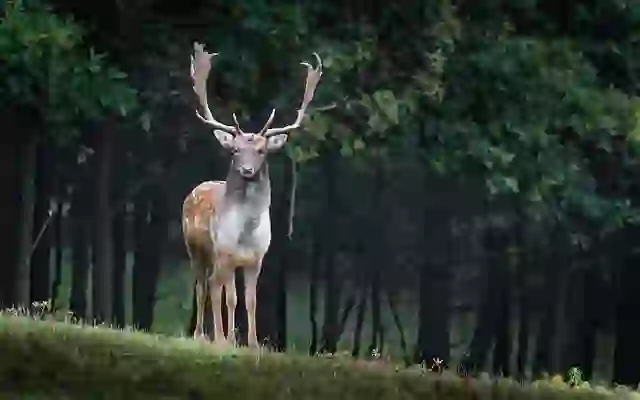
White-rumped Vulture
White-rumped Vulture
White-rumped Vulture
The white-rumped vulture, once a common sight soaring across the skies of the Indian subcontinent, is facing a dire struggle for survival. These majestic birds, known for their role as nature's cleanup crew, have suffered a catastrophic decline in population. Let's delve into the world of the white-rumped vulture, exploring their unique characteristics, the threats they face, and the hope for their future.
White-rumped Vulture Basic Infomation
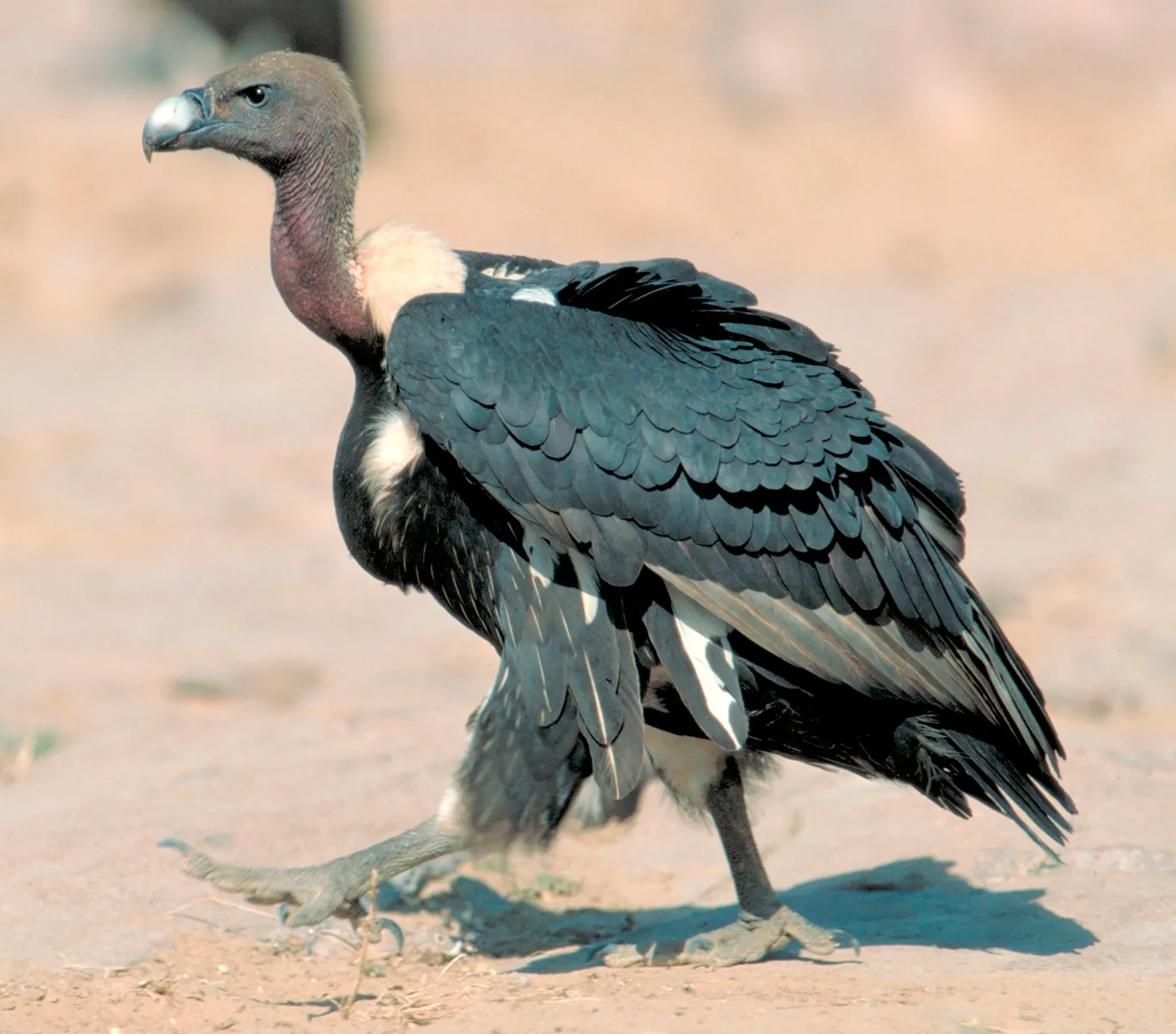
| Property | Value |
|---|---|
| Scientific Name | Gyps bengalensis |
| Taxonomic Status | SPECIES |
| Rank | SPECIES |
| Vernacular Names | White-rumped Vulture, Bengal Vulture |
| Kingdom | Animalia |
| Phylum | Chordata |
| Class | Aves |
| Order | Accipitriformes |
| Family | Accipitridae |
| Genus | Gyps |
| Habitats | India, Pakistan, Nepal, Bangladesh, Southeast Asia |
| Conservation Status | Critically Endangered (CR) |
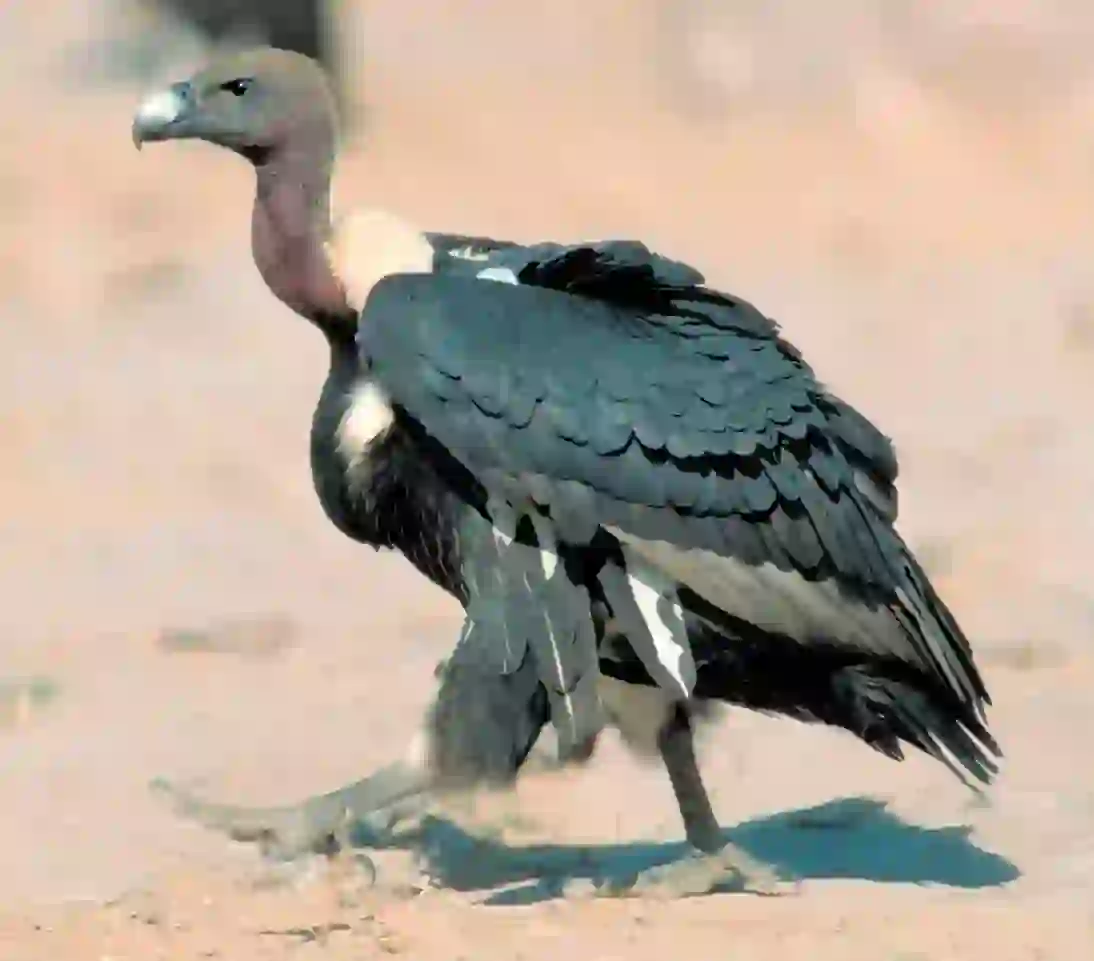
Size
They are about 31 to 37 inches (80 to 95 centimeters) long, with a wingspan of about 6.5 to 8.2 feet (2 to 2.5 meters). They weigh about 7.7 to 16.5 pounds (3.5 to 7.5 kilograms). Females are larger than males.

Lifespan
Their lifespan in the wild is estimated to be about 20 years.

Distribution
They are found in India, Pakistan, Nepal, Bangladesh, and parts of Southeast Asia. They prefer open areas like savannas, grasslands, and agricultural lands.
White-rumped Vulture Q&A

What kind of vulture is the white-rumped vulture?
The white-rumped vulture is a species of vulture belonging to the genus Gyps.
They were once the most common vulture in the Indian subcontinent, but their numbers have declined dramatically since the 1990s, pushing them to the brink of extinction. They are characterized by their dark brown body, white neck, and white rump. In English, they are called 'white-rumped vultures,' named for their white rump patch. They play an important role in nature as scavengers, consuming the carcasses of dead animals. They use their sharp beaks to tear flesh from carcasses and can also crush bones. They often cooperate with other vultures while feeding. After other vultures have consumed the skin and flesh, white-rumped vultures will feed on the remaining bones. They are particularly skilled at consuming bones. They are gregarious birds, often forming large colonies of hundreds or even thousands of individuals. They build their nests high up in trees. The nests are made from branches and leaves, and females usually lay a single egg. The egg hatches after about 50 days, and the chick fledges after about 4 months. Both parents participate in raising their young.

What do white-rumped vultures eat?
White-rumped vultures primarily feed on carrion, the carcasses of dead animals, and rarely attack live animals.
They use their sharp beaks to tear through the hide and flesh of carcasses. They can also crush bones. They prefer to feed on the carcasses of larger mammals, such as cattle, water buffalo, and goats. They will often descend from the sky and gather in groups to feed when they find these remains. They may cooperate with other vultures while feeding. After other vultures have consumed the skin and flesh, white-rumped vultures will feed on the remaining bones. They are particularly skilled at consuming bones.

[Quiz!] Why did the white-rumped vulture population decline dramatically?
Since the 1990s, the white-rumped vulture population has experienced a catastrophic decline.
The main culprit is a drug called diclofenac, which was commonly used to treat livestock. Diclofenac is toxic to vultures, and many vultures died after feeding on carcasses of animals treated with this drug. This led to the white-rumped vulture becoming critically endangered. While diclofenac is now banned in India, it is still used in some other countries. Habitat loss due to deforestation and land conversion for agriculture is another factor contributing to their decline.

[Quiz!] Can white-rumped vultures soar high in the sky?
Yes, white-rumped vultures are capable of soaring high in the sky.
They can soar effortlessly for hours, utilizing thermal updrafts. They have excellent vision and can spot carrion from a great distance. They play a crucial role in the ecosystem as nature's cleanup crew.

[Quiz!] What efforts are being made to protect white-rumped vultures?
Various efforts are underway in countries like India, Pakistan, and Nepal to protect white-rumped vultures. For example:
- Banning the use of diclofenac
- Establishing vulture safe zones
- Implementing captive breeding programs
- Conserving their habitat
- Raising public awareness
Due to these efforts, the population of white-rumped vultures is slowly increasing. However, they are not out of danger yet. To ensure their future, continued conservation efforts and the understanding and cooperation of every individual are essential.

Would you like to become a part of the 'Animalbook.jp'?
Turn your knowledge into Q&A and share it with the world. ※Publication will be activated after purchase. Let's share information together!
White-rumped Vulture Type of List

Efforts to Protect White-rumped Vultures
- Banning the use of diclofenac
- Establishing vulture safe zones
- Implementing captive breeding programs
- Conserving their habitat
- Raising public awareness
Information
Congratulations! You are the first commenter!

Create Your Favorite List!
White-rumped Vulture
Save the animals you love! Build your own list to quickly revisit your favorites later.

Would you like to leave a comment?
※Please note: This is for the purchase of rights to post comments within the article.
Find Your Favorites!
Our shop offers a unique and attractive selection of goods themed around various animals.
White-rumped Vulture References
White-rumped Vulture Introduction of media used

(Image: Goran Ekstrom), CC BY 2.5, via Wikimedia Commons

Help Enrich Our Animalbook.jp with Your Media!
We are constantly looking to expand and enrich our Animalbook.jp with amazing photos and videos of animals. If you have any media that you'd like to share, please contribute and help us showcase the beauty and diversity of the animal kingdom. Your submissions will be credited and featured in our encyclopedia, reaching a wide audience of animal lovers.



